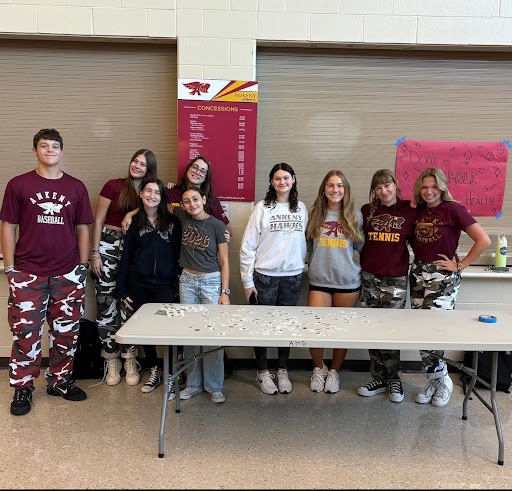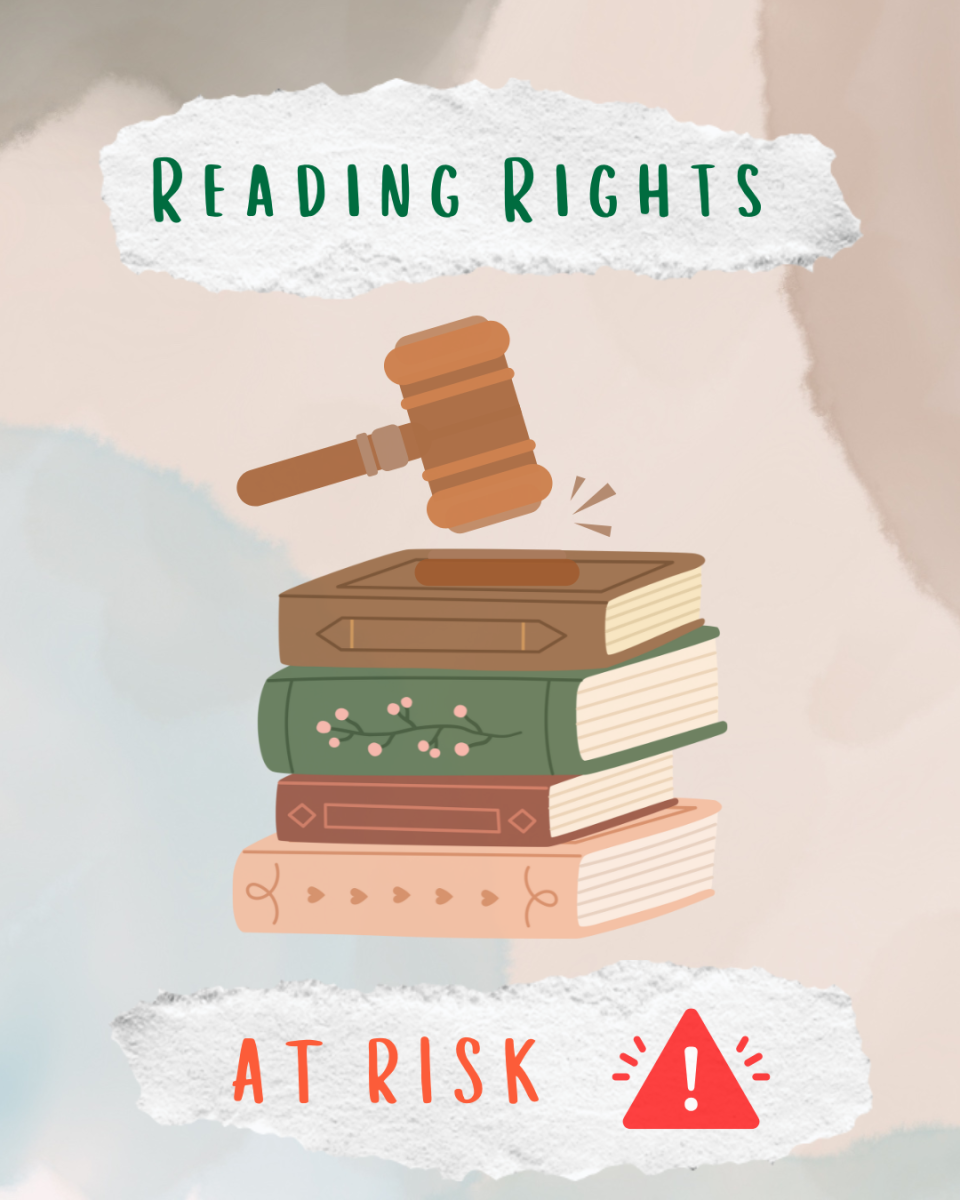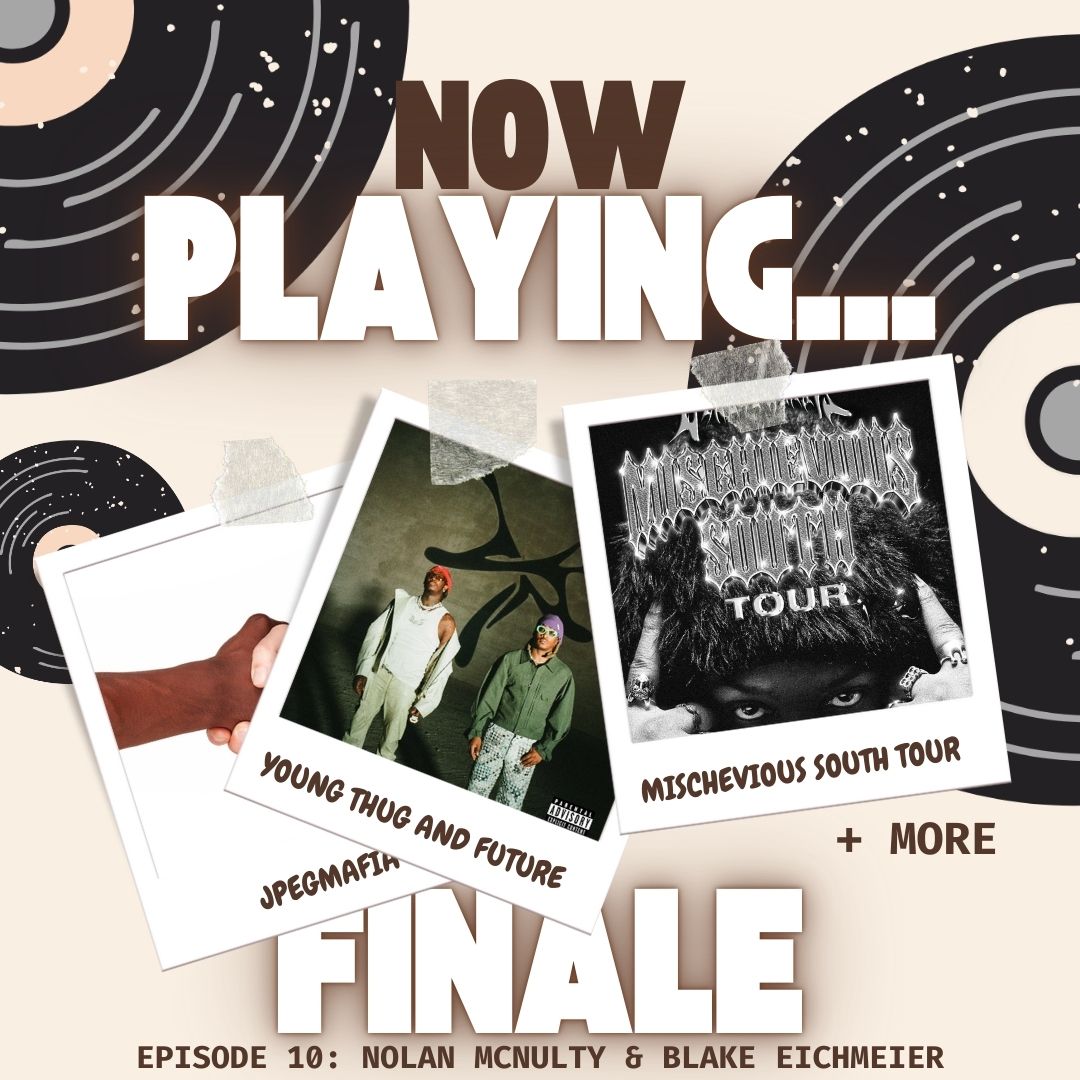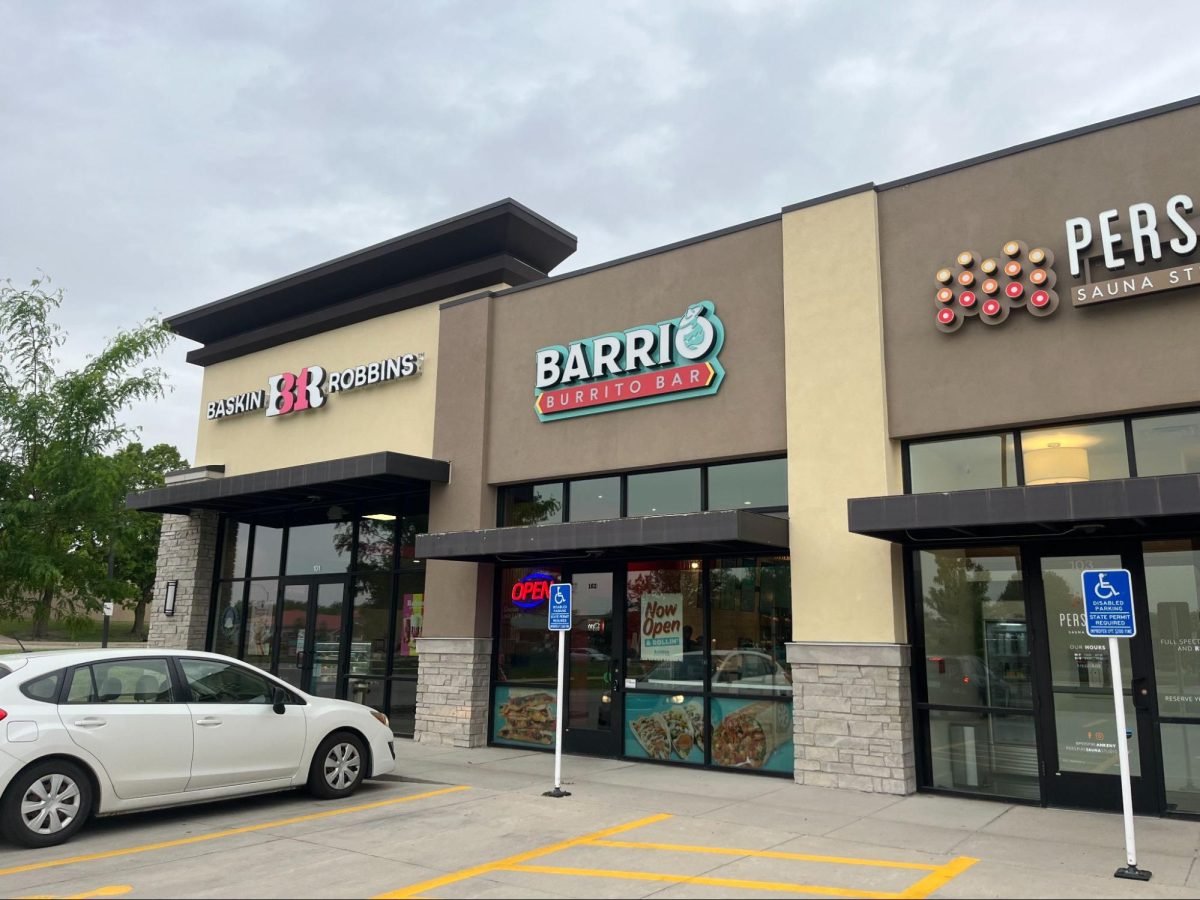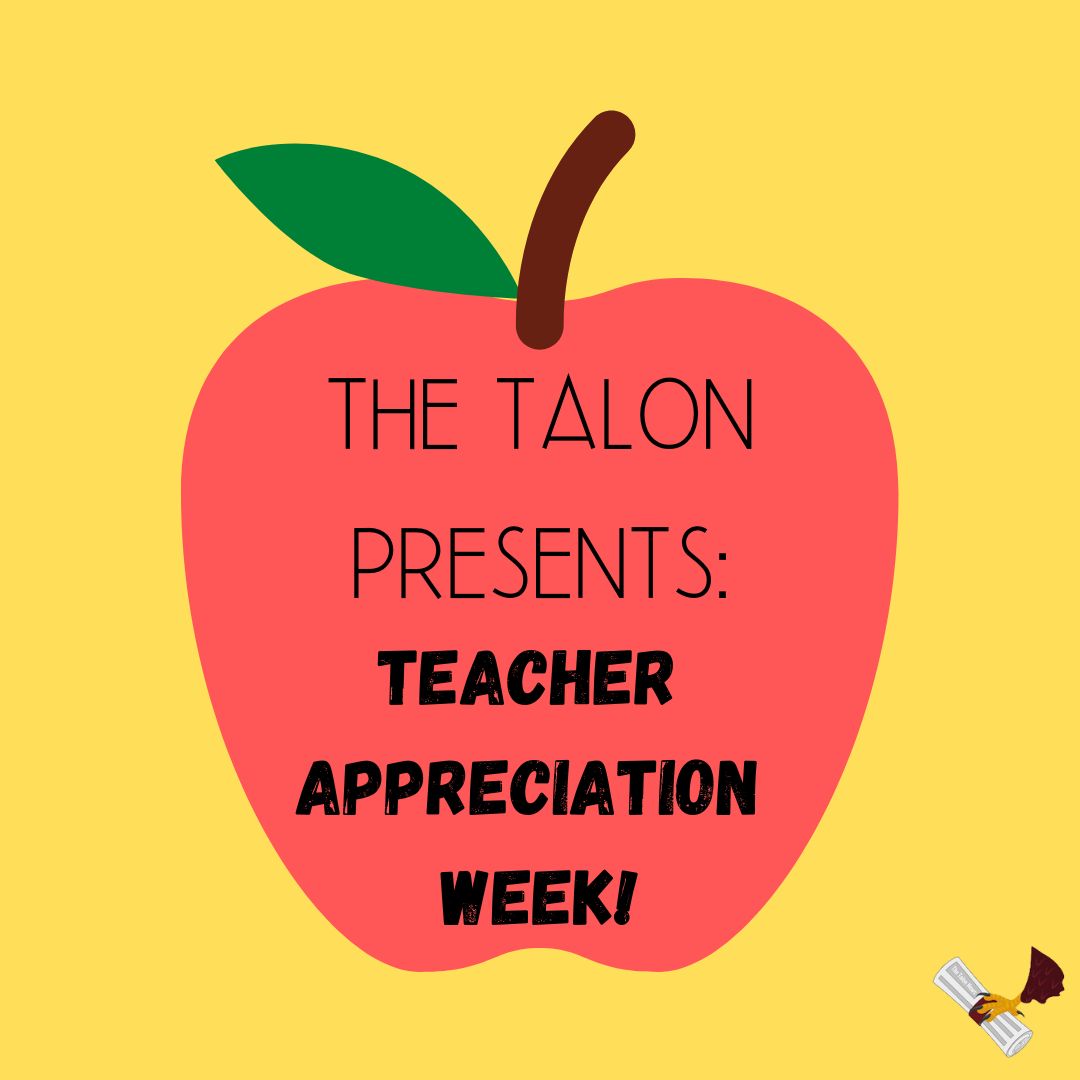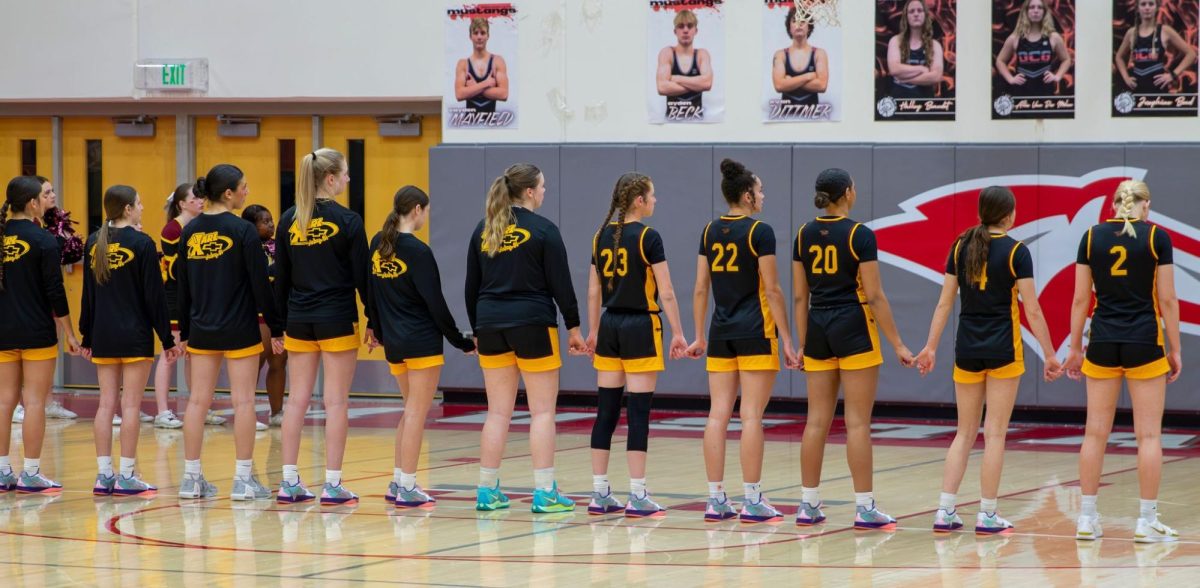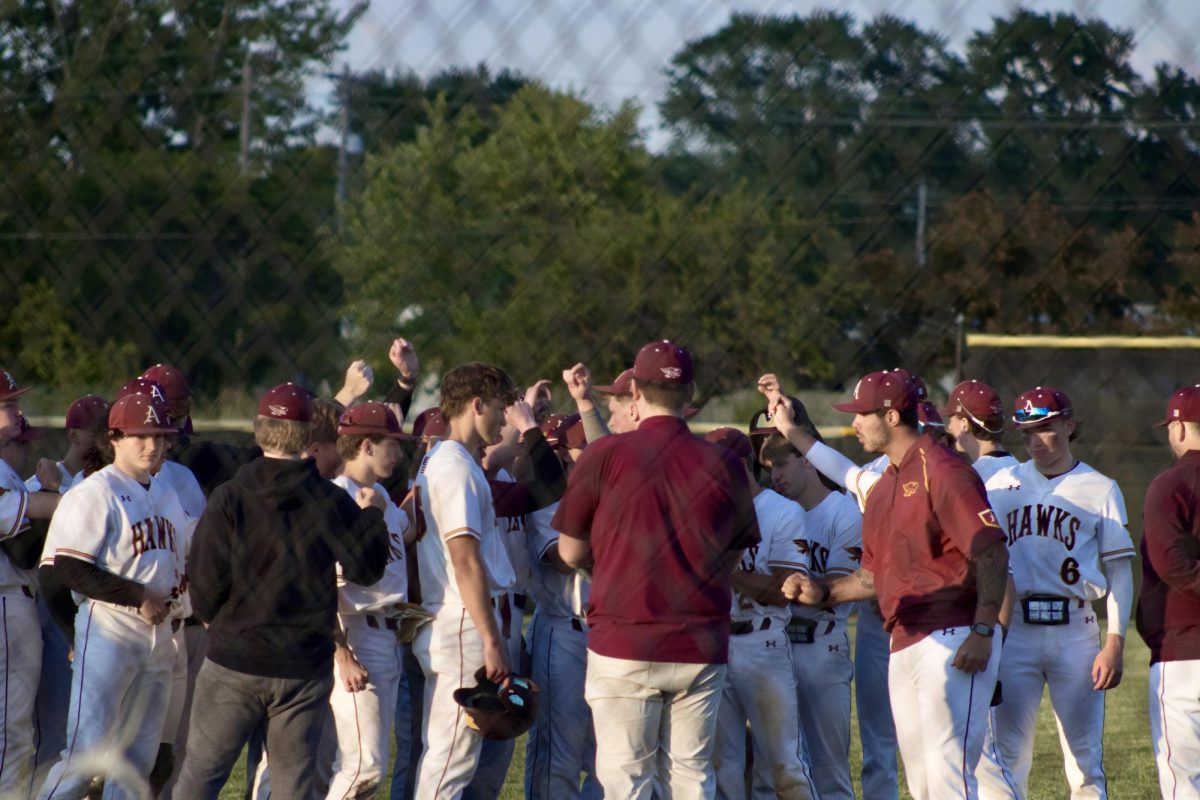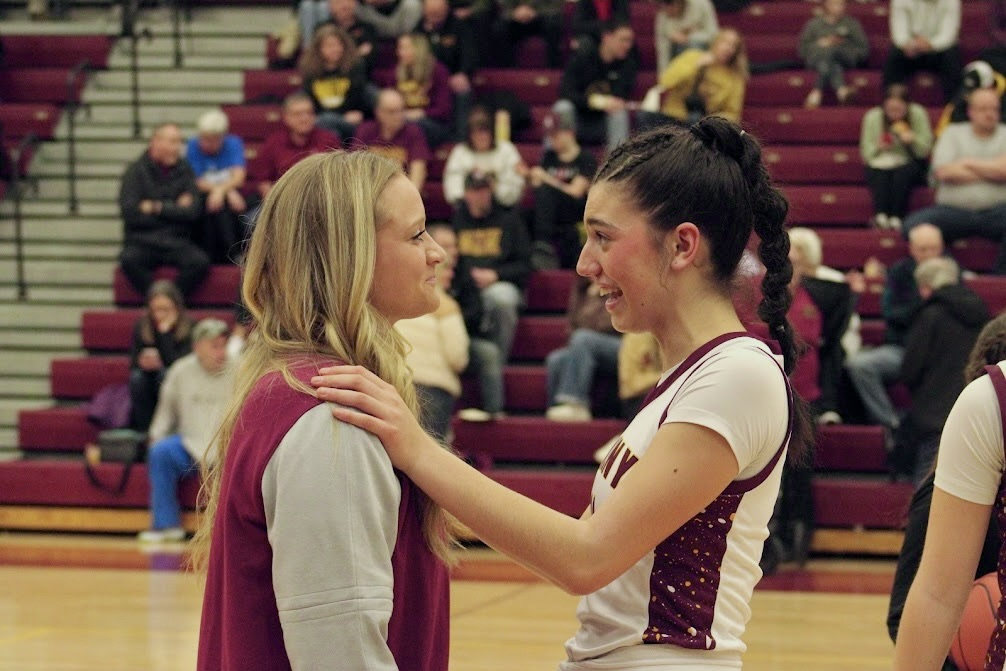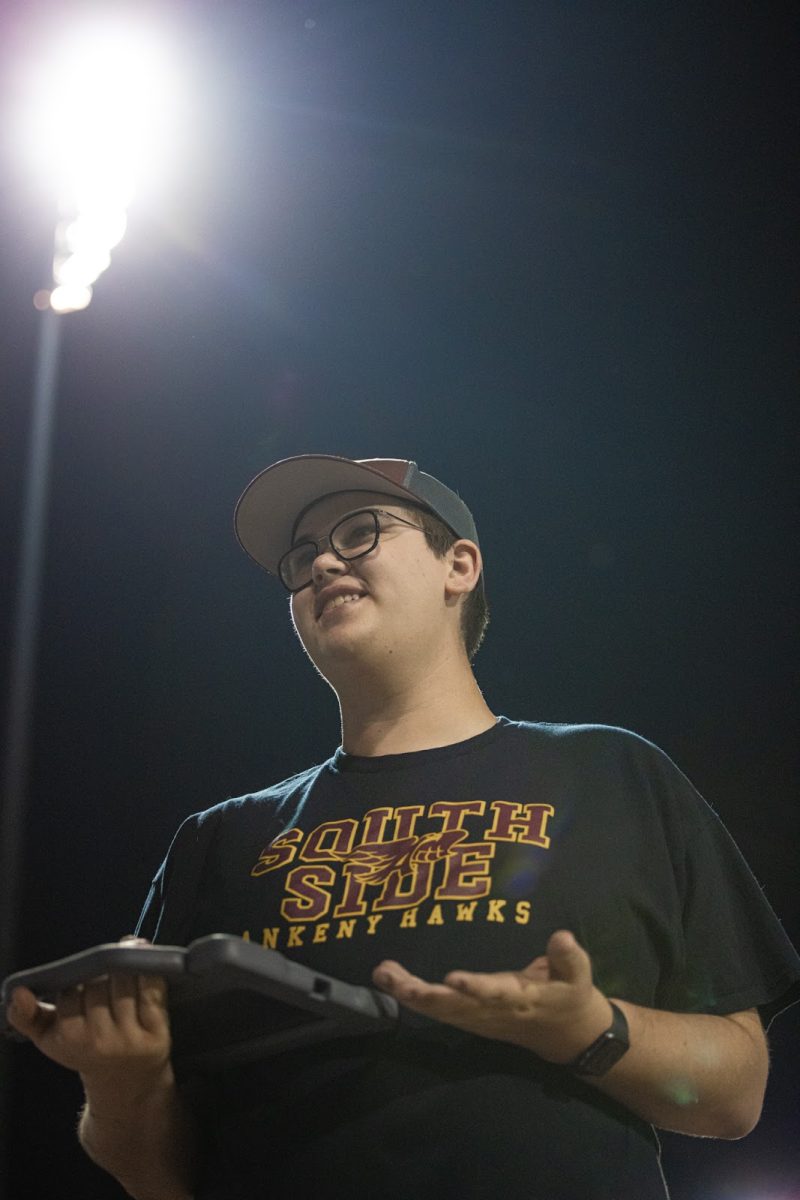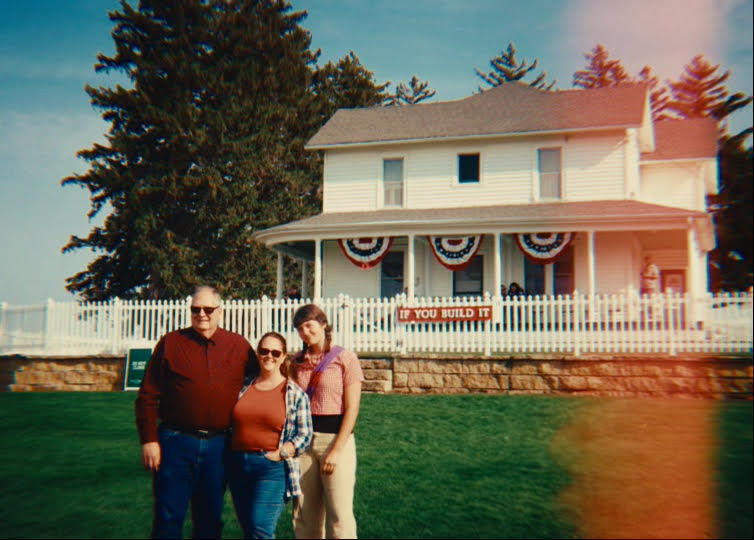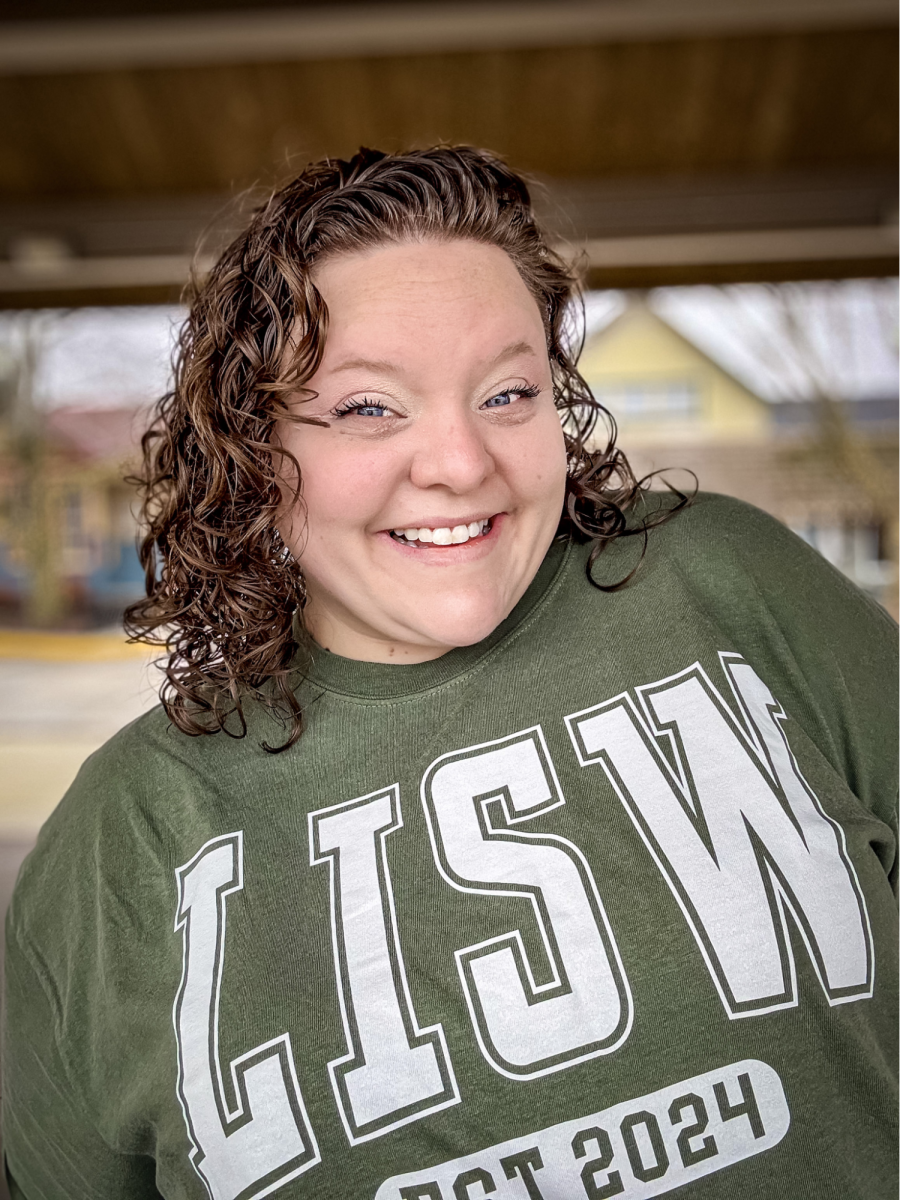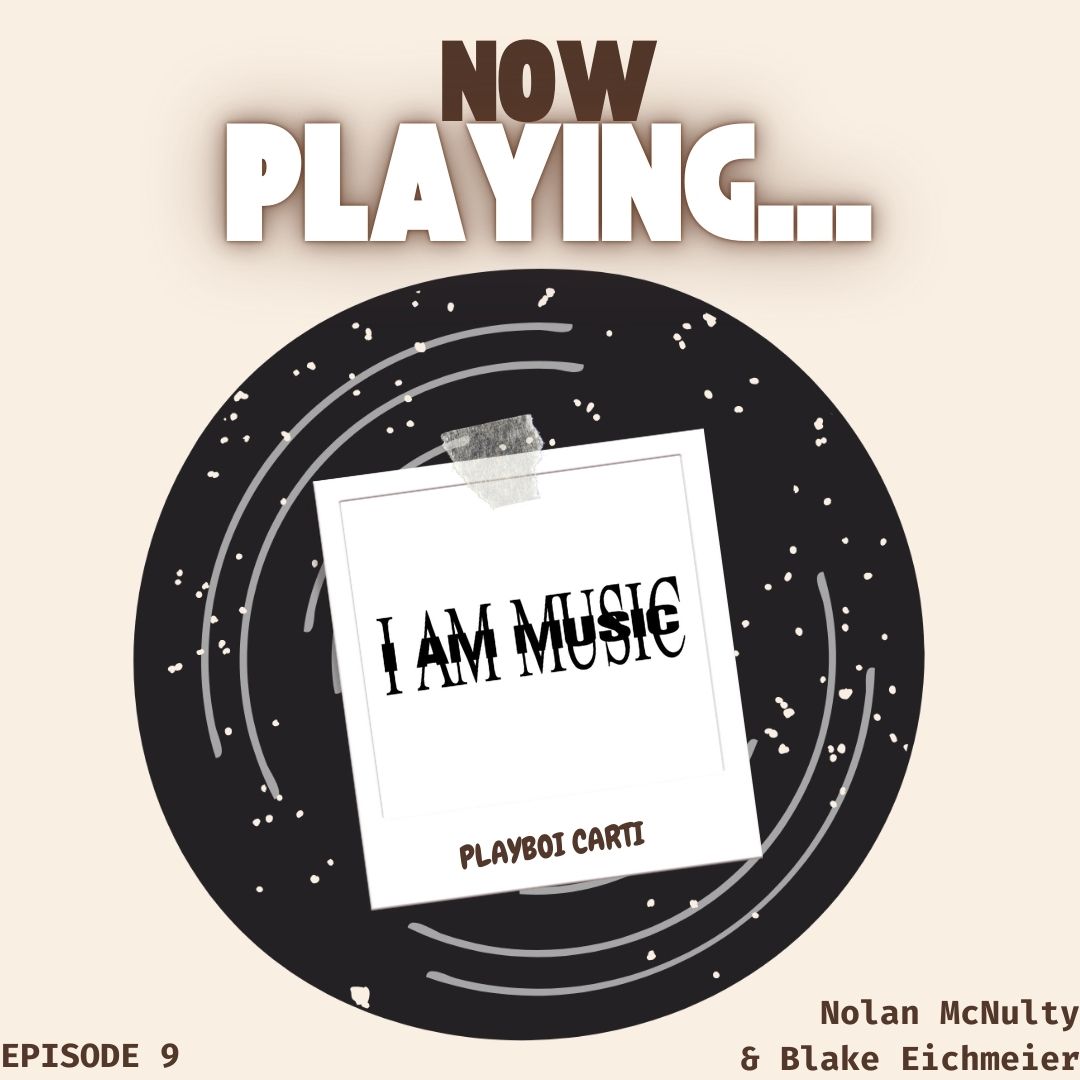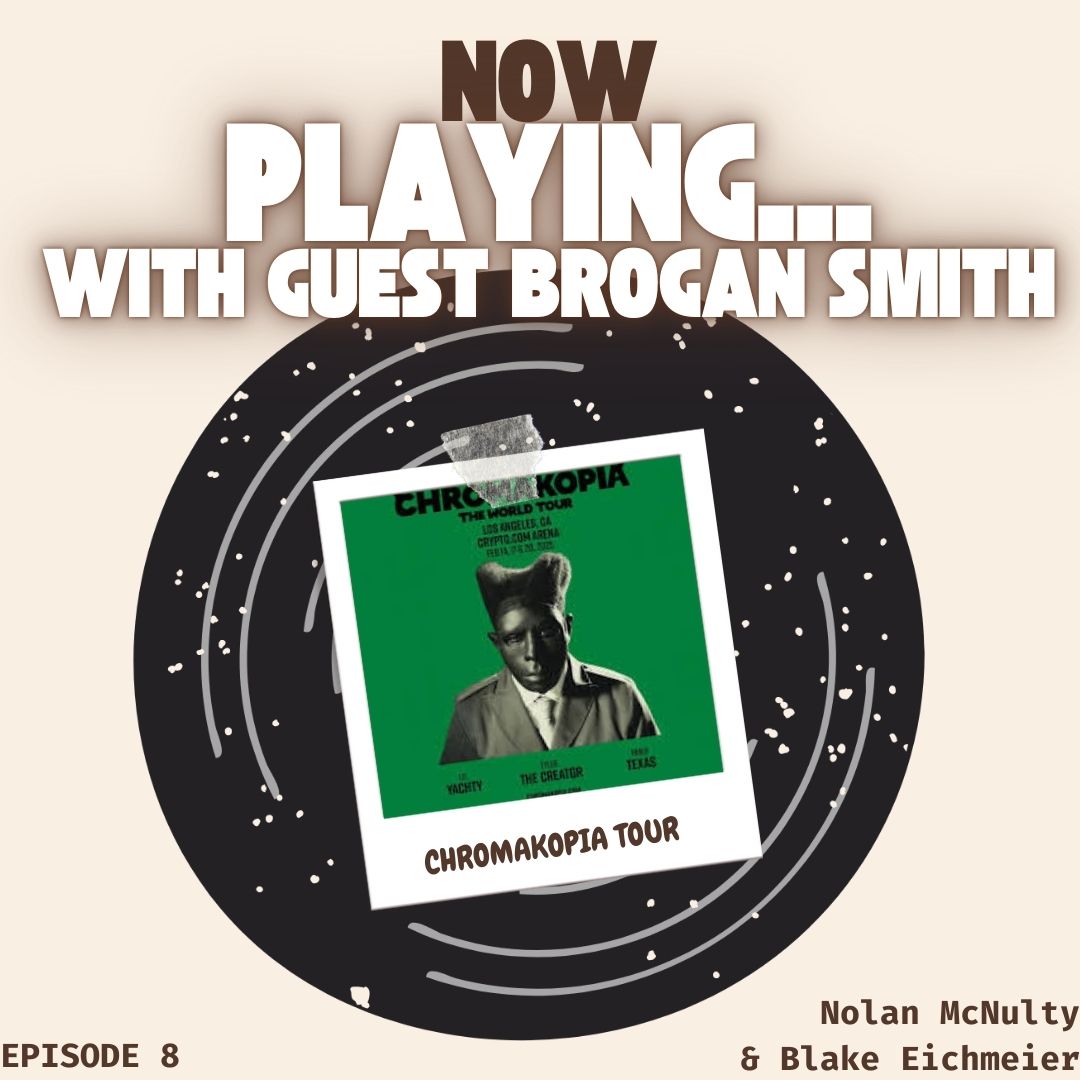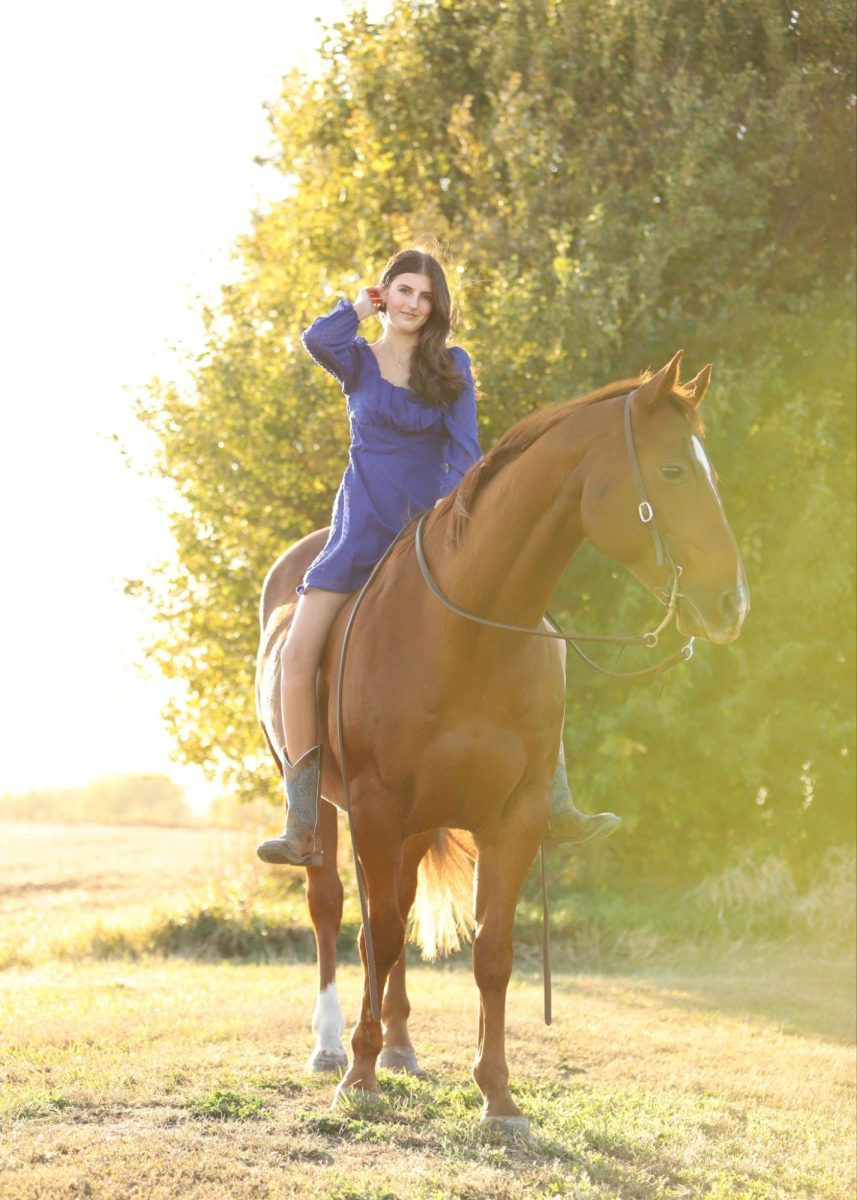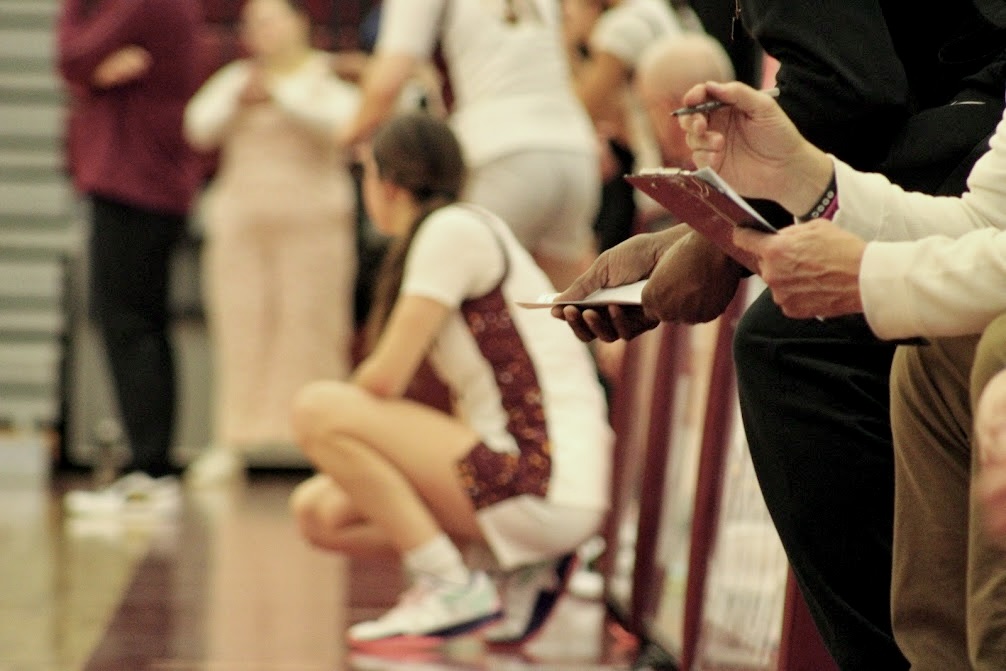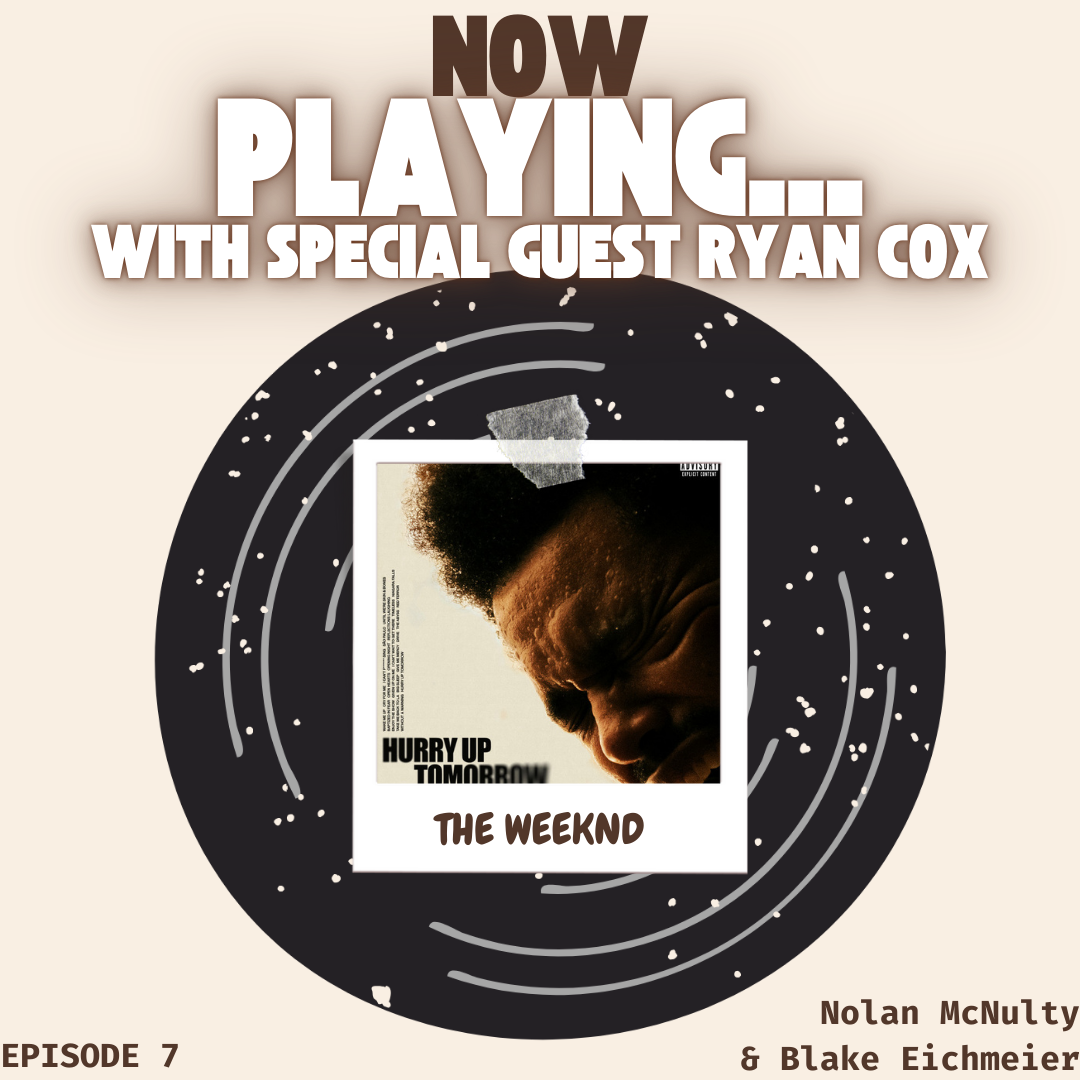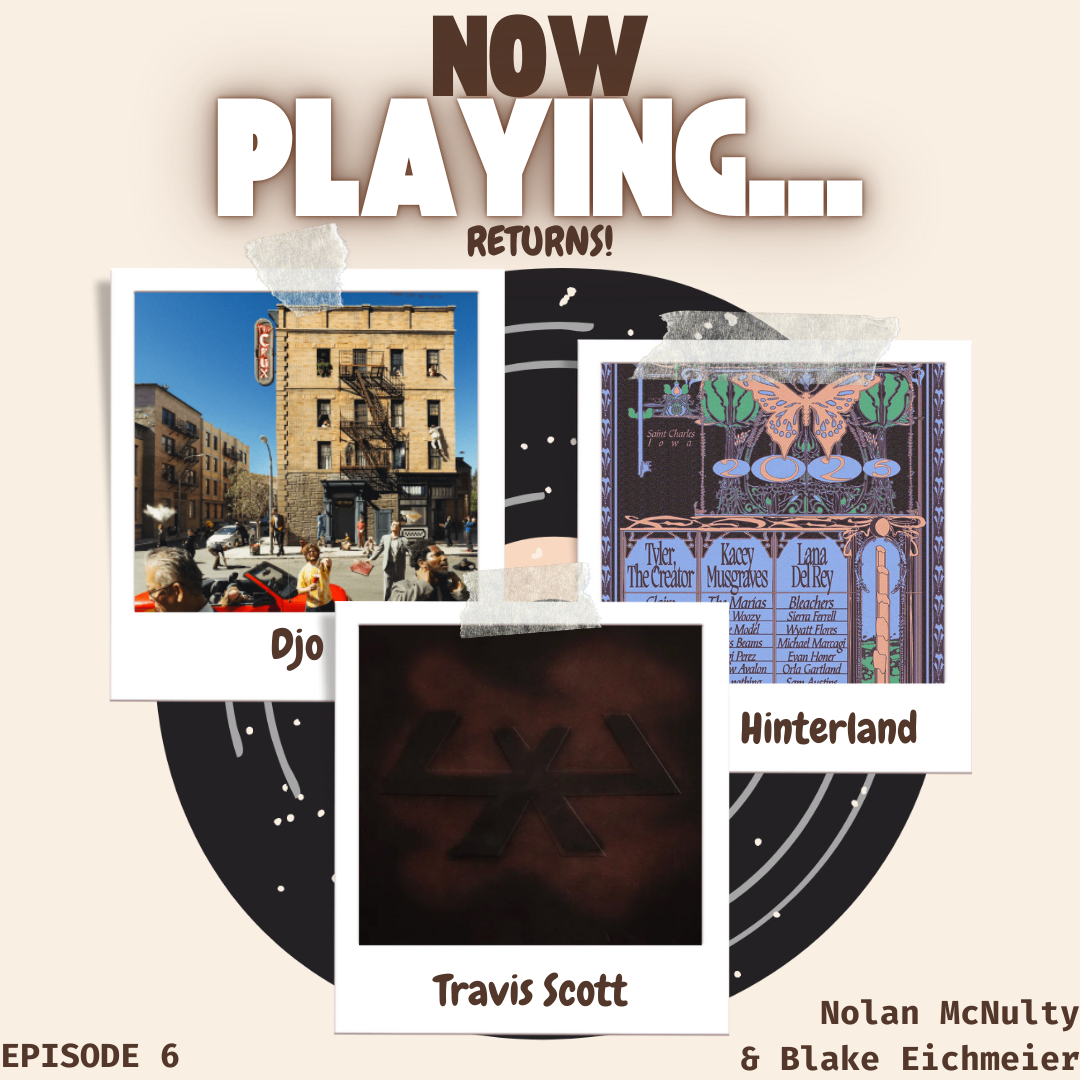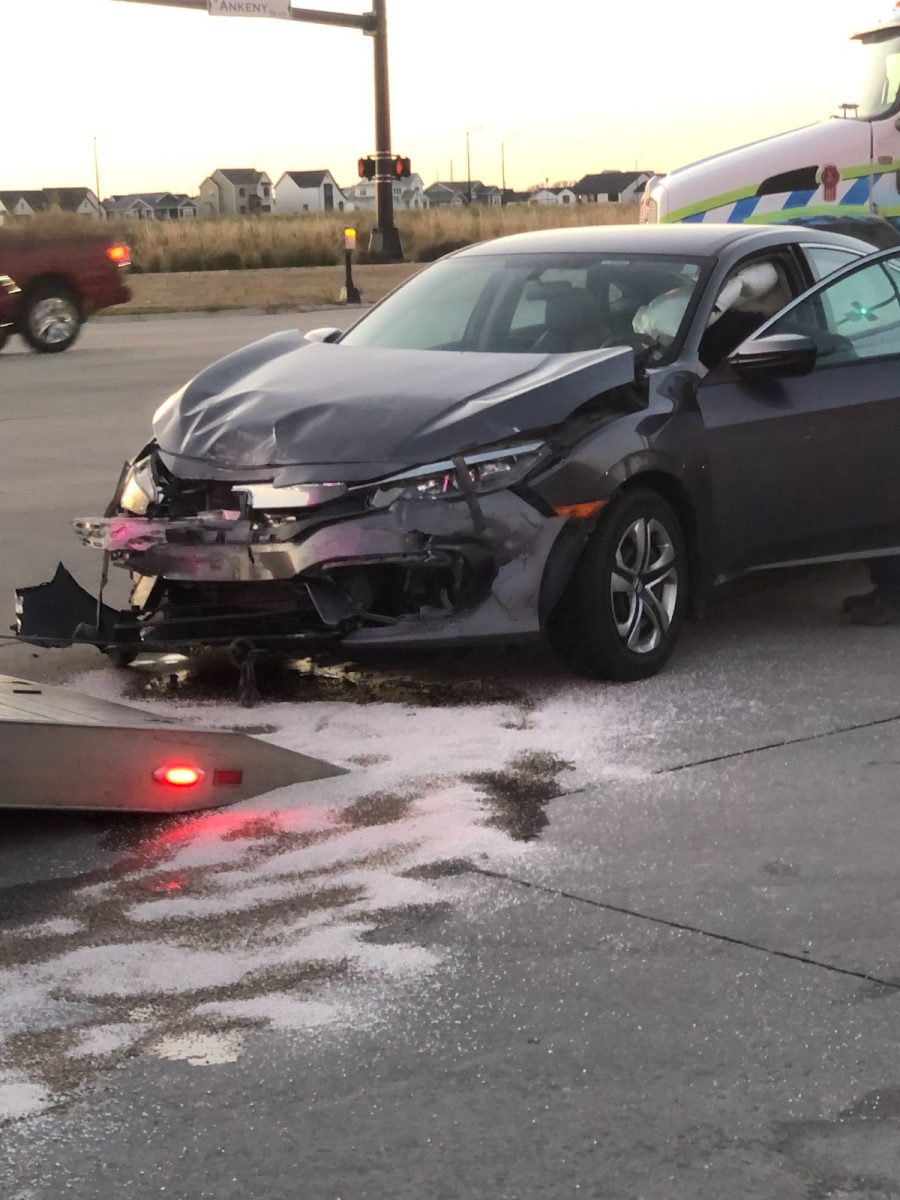Traumatizing experiences often change people’s behaviors. Whether it was an individual error or nature’s interruption, students who have been in a car accident all have one thing in common: their experience has changed how they drive on the roads. With the upcoming months of winter, the weather adds more opportunities for drivers to slip up. While not all students have had accidents due to weather, some students have shared their stories of an experience that has had an unbelievable impact on them.
Three different students, three different cars, and three different situations, all share the same memory of being in a car accident.
Individual accidents
Deer in the headlights: Chloe Macke’s frightening experience
On the night of Sept. 22, 2024, junior Chloe Macke found herself in a shocking situation. She was making her way home from a friend’s house outside of Ankeny. She was driving down a busy and well-light-up road. With her phone’s Bluetooth connected to the car, she follows the directions given to her from her Global Positioning System (GPS). In the background, she listens to the soft sound of the song “No Surprises” by Radiohead. When suddenly around 10:30 p.m., she struck an often confused animal outside of its original habitat.
“I was on Merle Hay in Johnston. I was going 45 miles per hour, so I wasn’t going slow. I was using Google Maps. It was weird and told me to make a U-turn,” Macke said. “I checked my blind spot to get into the other lane and when I looked back out of nowhere a deer had leaped in front of my car. I did not slow down because I didn’t even notice it, so I hit the deer.”
The impact of hitting something with a car physically impacts the driver. Macke explained that the moment she made contact with the deer her head whipped back, smashing against her headrest, which left her with a headache the rest of the night.
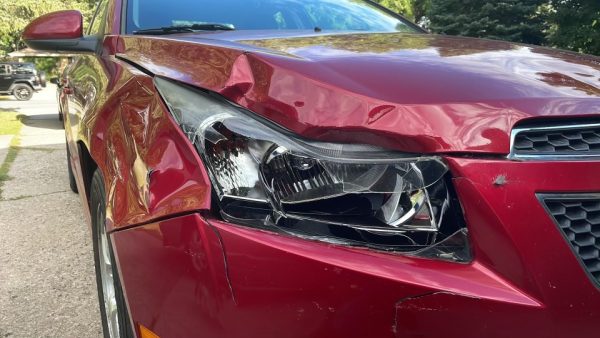
Not knowing what to do, she kept driving forward down the major road. Her adrenaline was rushing. Her mind was racing, and a slow stream of tears cascaded down her cheeks.
“I clutched the wheel, and my heart was beating so fast because at first I didn’t know if it was really a deer. I needed to be sure because I didn’t look back,” Macke said. “I was so scared, and many thoughts went through my head. ‘Was that a deer for sure?’ What if that was a person? What am I going to tell my dad? Is my car all messed up? Is this going to be my fault? Do I have to pay for it?’ I was terrified.”
Her eyes were still locked on the road paying extra attention while processing what she had just experienced. After a few moments, she decided to pull over. She merges into the other lane and pulls into a dark, empty parking lot. She puts the car in park and steps out of her vehicle not knowing what to expect to see next.
“I pulled into a CVS parking lot. It was completely empty. When I looked at my car the whole front right side was completely torn apart. When I took a closer look I saw deer fur stuck in the cracks of my car,” Macke said. “My phone was on low battery, [and] I didn’t have a charger. I didn’t know where I was, so I called my dad. I told him what happened, and he headed right over. Since there wasn’t much to do and my car was still running fine, I just drove home.”
Making contact with a large animal with a car is a tale only some are able to share. However, the impact of making contact with a living thing on the road will continue to affect Macke’s driving at night.
From routine to chaos: A lifeguard’s summer spinout
Some students have made a different impression with multiple objects and spinning off the road. Senior Sammy Bryan was on her way home from her summer job as a lifeguard. That cloudy summer night she was driving her normal route home when she started to drive around the normal roundabout when she made a simple mistake that changed the course of her summer.
“I was driving home from work and came up to a roundabout in the Rock Creek area. I moved my foot to slow down but instead, I hit the gas,” Bryan said. “The back of my car hit a tree in just the right spot, and my car spun out into someone’s driveway. In the driveway, I hit the person’s car and pushed it into the garage. My car was totaled and the window on the driver’s side was completely shattered.”
Although it seems like a lot happened in this accident, in a situation like this can happen very quickly through the eyes of a young driver. Once her car came to a stop the first thing that came to her mind was to call a trusted adult, her mom. She grabbed her phone and in a panic called her mom, but she did not answer. She called again and again with no answer. After many frantic calls and still no answer, she called her dad who answered immediately.
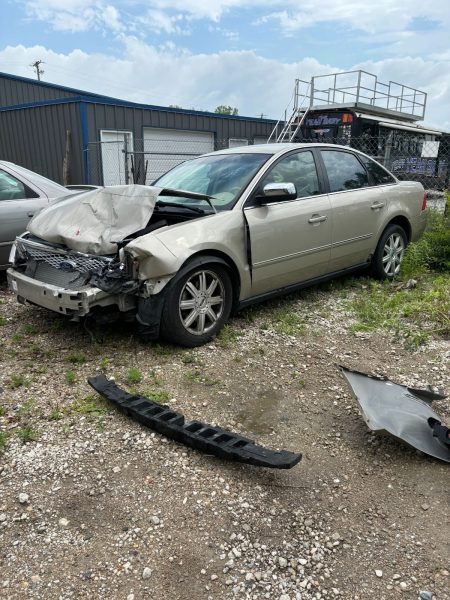
“The first responders got there before my dad since someone else who witnessed the accident called 911. The police and the ambulance were called since no one knew if I was responsive or not,” Bryan said “They realized I wasn’t breathing correctly and my heart rate was crazy, I was having a panic attack. They had told me to go in the ambulance but because I was in such a state of shock I couldn’t walk so they had to carry me.”
Every accident gives drivers the opportunity to be emotionally vulnerable in the instant. In a traumatizing experience, there is no correct way to respond considering the shock that may come with a collision. Some may feel numb while others may feel overwhelmed with different emotions. Often when someone is in a state of shock, they may not feel the extent of the injuries that may have occurred which can cause fear for a lifeguard who knows that for a fact.
“I was really scared because as a lifeguard, you know what happens after something traumatic. You know if someone’s in shock, they’re going to feel completely fine, while they could be injured,” Bryan said. “I was asking the first responders, ‘Am I okay?’ And they kept saying ‘yes,’ but I just didn’t believe them because what if I was in shock and I’m just not feeling it?”
While Bryan wasn’t injured badly, her shock kept her from feeling the minor injuries she faced. Bryan ended up with a big bruise right where her seatbelt was, and received two scars where glass had cut her.
Chain reaction: A sudden spin in the intersection
Spinning out while common can be very dangerous since the driver has no control over the car or where they are spinning out towards. In a different instance one evening, junior Anna McCann was on her way home from work. Summer vacation was just a few weeks away. She approaches a familiar stop light to turn left into her neighborhood, but a delayed reaction from another driver causes her to be rear-ended and spin out into a busy intersection.
“I was on my way home on Delaware and I needed to turn left across traffic. I was at a full stop and so was the girl behind me. Right when I lifted my foot off the break to turn, this other teenager came flying down the road going 40 miles per hour and did not see either of us,” McCann said. “He hit her, and then she ran into me. I spun out left into the middle of the intersection.”
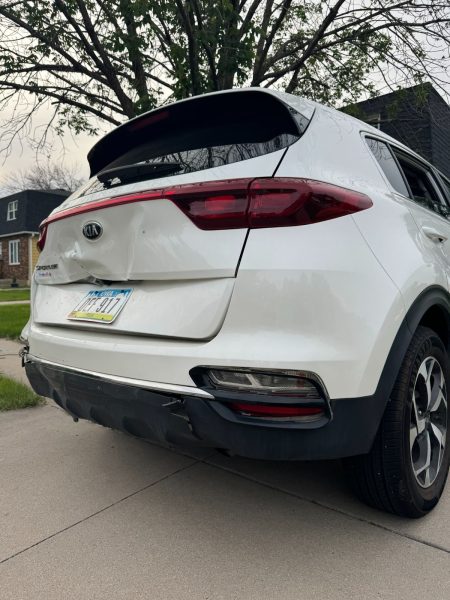
In a situation that causes people to show emotional vulnerability their initial reactions often reflect who the person is on the inside. Initial reactions differ for each driver. Some may instantly call 911, and others may call a loved one, but McCann reacted differently.
“After the accident happened it took a second until I realized there were people behind me that could’ve been in danger. I parked in the road, and then I ran across to check on everybody,” McCann said. “It was actually at the end of my road, so my parents came running down the road. I was fine. I wanted them to go check on the other people. The passenger in the car who hit us had a little rash from the seatbelt and the driver had a few busted-up knuckles, but other than that everyone was fine.”
Emotional impacts
The night after an accident looks different than any other night. People react in different ways and have different emotions. Some may still be in shock, and others may have anxiety about what will come next. After a traumatic experience, there is no wrong way to feel. The three students all had different experiences and with different experiences come different emotions. Some accidents were more anxiety-inducing compared to others, but every accident called for emotional vulnerability from the drivers.
For Bryan, it was not just the night after that had a harsh effect on her, it was a few rough weeks. While her accident only caused very minor injuries, her health suffered due to a lack of sleep. The lack of sleep and the toll it took on her mental health went hand in hand. Bryan shared that even after the accident she had more panic attacks. She would relive the accident and freak out all over again. Her mind was constantly filled with the traumatic experience.
“I couldn’t sleep. The whole collective week after, I slept about 10 hours. It was terrifying because I kept reliving it again and again and again,” Bryan said. “Even after that initial week, I’d still completely relive it. It was like, I was going through the accident all over again when I would wake up and have this heavy feeling in my gut. Once I wake up and I think about it, like, I can’t go back to bed for a couple of hours.”
For students with less of an intense experience, the accident still has a pretty big impact on their lives. It still creates a sense of fear when driving in a similar area or situation. Some drivers cope with the accident by making jokes and pointing out less serious parts of the incident. Macke was terrified when she hit the deer, afterward she liked to poke fun at deer fur stuck in the cracks of her car.
“I was still shaken up that night, I couldn’t sleep just because my adrenaline was still going. I still wasn’t feeling good about that night and wasn’t able to truly relax,” Macke said. “ When I woke up in the morning I forgot about it for a little bit, then I looked out into my driveway and there was my car all beat up with deer fur.”
The less intense of an accident the less intense of emotions one will have. It is also beneficial when the fault is not all on the driver who was impacted. While at the same time, it can cause anxiety because they don’t have any control over the accident.
“I think I was in shock for a little bit because I had never been in an accident before,” McCann said. “Everything happened so fast, I didn’t even know what happened. And took a second to realize what had happened.”
Approaching the road once again
Not only did the accidents impact the divers emotions, but they also impacted how they now drive on the road. Driving on the road once again can be challenging for drivers who just had a traumatic experience. Overcoming these obstacles has changed these students’ natural driving habits.
Being alone and in a dark area can create a weird, eerie sensation for new drivers on the road. When someone who is new to operating a vehicle on their own experiences a personal tragedy, it creates an outcome that only they can comprehend.
“Now at night, I’m way more cautious and always paying attention on the road. Since the deer was out of its natural habitat I’m cautious everywhere because normally you wouldn’t hit a deer on a busy street but I did,” Macke said. “I always get really nervous and cautious when I see the deer warning signs. Even when I was driving home from the accident there were deer warning signs and I was going so slow.”
In a situation where the driver impacted had no control over the outcome of the accident, there can be an impact that some will not understand. While McCann thinks it is crucial to know that if it is not your fault you cannot do anything to control the situation. It is still an event that will cause anxiety when driving around other people
“It made me nervous to turn left across traffic for a while, especially on busy streets like First Street or Oralabor. I always have anxiety that people aren’t going to pay attention to when I’m stopping and waiting for cross traffic,” McCann said. “I’m a lot more hesitant about that. I now hit my brakes and slow down a little bit sooner and turn on my turning signal sooner than I used to.”
When a driver cannot control an accident, their reactions and driving adaptations may affect other drivers and potentially lead to further accidents. On the other hand, when the accident was in the hands of the students themselves they adjusted to a brand new driving habit they saw fit best.
“I now always go five or 10 under on curves, no matter what because I was on a curve when my accident happened,” Bryan said. “Sometimes I get that sense that I’m not slowing down enough and I end up second-guessing myself because what if I’m accidentally pressing the gas and so the brakes again? I have to physically look at it and check, instead of just going with muscle memory.”
With being a young driver errors are bound to happen. No matter the driving conditions or the age of the driver, it’s always important to pay attention on the road and stay safe. When being in an accident people’s driving habits and emotions around the subject will change. The traumatic experience will stay in their memories for an extensive amount of time and will continue to challenge these three students when driving.
“It was traumatic and I couldn’t sleep because I kept reliving the accident and continued to have more panic attacks in the middle of the night,” Bryan said.


